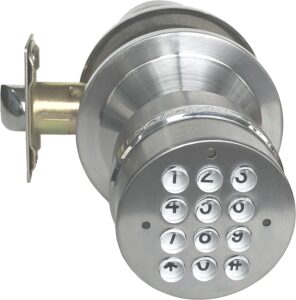
A SKU (stock keeping unit) is unique product identification for a particular retailer. A crucial piece of information in each inventory file you send us is the SKU. Amazon links your items to the proper product detail page in our catalogue using the SKUs in your inventory file (if one already exists). Thus, the following is true:
- Each item in your inventory file has to have its own SKU.
- A current SKU cannot be altered; once added to the catalogue, it stays there until you remove it.
- In other words, you cannot just alter SKU “123” in your inventory file to read “ABC” in our system.
- When you upload an inventory file containing data for an already-existing SKU, the most recent data takes the place of earlier feeds.
SKU is a phrase that every retailer is familiar with. what is seller sku? Even many people would pronounce it “skew.” For those of you who are unfamiliar, SKU stands for stock keeping unit. It is a tracking code for products that is used for inventory management. It occasionally offers information on a product, like its colour, size, fit, and other data. The same product would have distinct SKUs if it were sold by several businesses, but it would have the same UPC since an SKU is exclusive to the business (Universal Product Code). An SKU makes it simple to categories items and track precise inventory, both of which improve stock management.
What is an SKU for a product, and why is it significant?
Since stock keeping units are often created and distributed by salespeople, it is crucial for them to understand their importance. An SKU makes it simple to manage specific inventories and maintain stock levels. Knowing an item’s location inside your inventory is simpler if you or your system can identify it individually. Longer item descriptions can be condensed into a shorter form using it. You can enter a much shorter item number in the form of an SKU rather than the full name or description of the item. The data input and inventory management processes may become quicker as a result.
Here are some of our suggestions for developing an easier-to-use system that employs your own item numbers:
- Create distinctive SKUs – Since SKUs should be distinctive, you should generally never use an SKU for a product you are no longer selling. Keep the SKUs brief; they typically have a maximum of 30 characters. It is difficult to comprehend if it is more than 30 characters.
- Use basic characters to make it simple and easy for you to grasp. Avoid using spaces or other special characters.
- Keep product names out of SKUs – Instead of using the SKU in the product title, use short and concise explanations.
- Do not begin your SKU with a zero. Never start an SKU with “0” as the Excel spreadsheet requires.
What is an MSKU or Amazon Seller SKU?
A third-party seller gives their goods a special combination of letters and digits known as an Amazon seller sku in order to keep track of it. The tracking is the main focus of the seller sku. But one of the final pieces of information you will discover attached to any item being sold on the Amazon marketplace is the seller sku, often known as the MSKU. Any product typically begins with a UPC number, then gets an ASIN, an MSKU, and a FNSKU.


